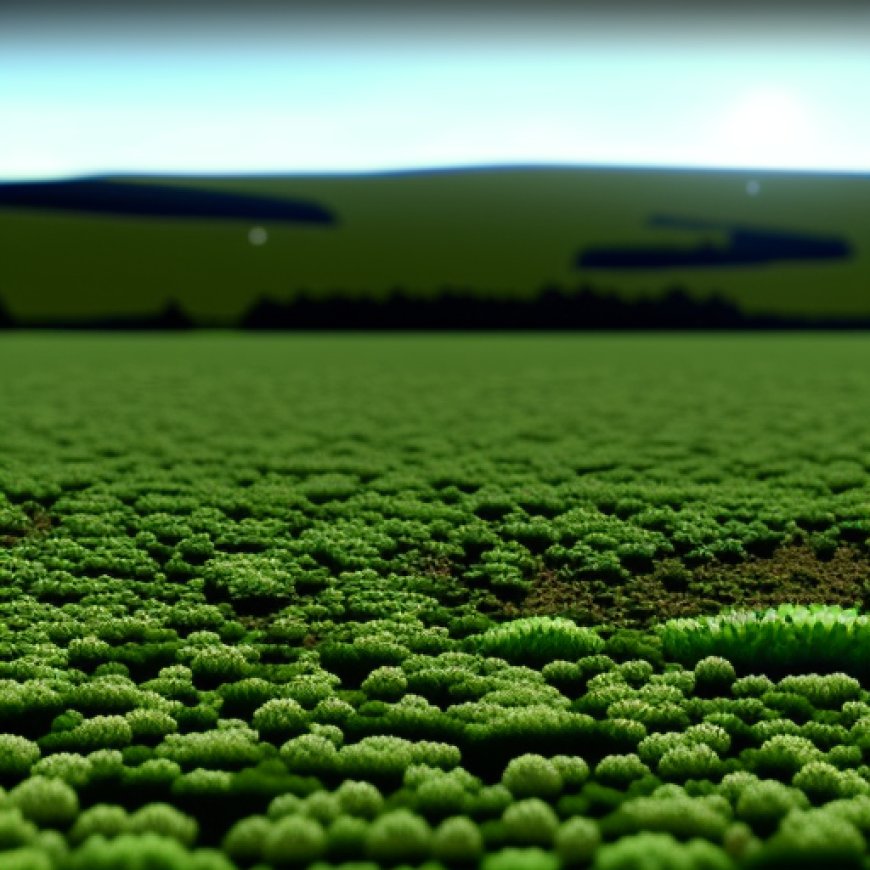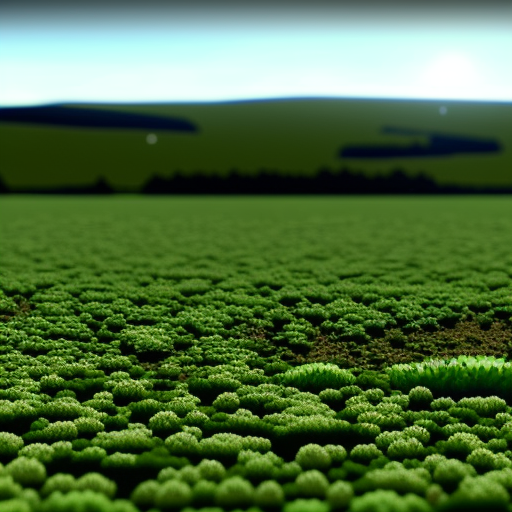Aquifer district expecting unprecedented drought declaration – Austin Monitor
Aquifer district expecting unprecedented drought declaration Austin Monitor


The Barton Springs/Edwards Aquifer Conservation District Reports Near Stage IV Exceptional Drought
Thursday, July 27, 2023 by Jo Clifton

The Barton Springs/Edwards Aquifer Conservation District has announced that the flow from Barton Springs is approaching the level that would trigger a Stage IV Exceptional Drought declaration. This would result in significant pumping restrictions and permanent reclassification for certain permittees within the district.
Since October 2022, the conservation district has been in Stage III drought. However, scientists have observed that Barton Springs’ discharge is decreasing and could soon surpass the district’s Stage IV threshold for the first time in its 36-year history.
On July 24, officials from the district and the United States Geological Survey conducted field measurements and determined that the springs’ 10-day average flow was 16 cubic feet per second (CFS). The district’s exceptional drought threshold is 14 CFS, which is significantly lower than Barton Springs’ average discharge of 68 CFS since 1978.
The USGS measures the water flow every 15 minutes using a gauge, and the measurements are averaged daily. Once a month, an employee of the district and a representative of the USGS visit the springs to ensure the instruments are functioning properly.
If the flow reaches 14 CFS, the district will enter Stage IV. The district is currently preparing for this declaration and urging community members, both within and outside the district, to conserve water in order to minimize depletion from all sources. It is expected that Stage IV will be reached within one to three months.
The Barton Springs/Edwards Aquifer Conservation District encompasses South Austin to San Marcos and includes the cities of Buda and Kyle, as well as customers served by Creedmoor Maha Water Corp. These customers, along with those who rely on well water, will be most affected by the Stage IV declaration.
While the district does not enforce restrictions on individual users, the cities and the water corporation will inform users about what they are allowed and asked to refrain from doing. This may include activities such as washing cars, filling or refilling swimming pools, and running water fountains.
Although the district does not directly regulate end users, it does establish limits on the amount of water cities are permitted to pump from the aquifer. Cities that violate these rules may face fines.
The only solution to this problem is for the aquifer to receive significant rainfall. While Travis and Hays counties experienced some rain in the spring, it was not enough to replenish the aquifer. Austin’s rainfall data for each month of this year can be found here.
Kyle currently allows automatic irrigation once a week from 7 to 10 p.m., while hand watering is permitted any day during the same time period. The same rules apply to car and truck washing. Violators may be fined up to $2,000.
The city of Buda has implemented similar rules to Kyle’s and has also passed an ordinance that will take effect in response to certain actions taken by the district or the Guadalupe-Blanco River Authority during a drought.
Photo by USGS, Public Domain, via Wikimedia Commons.
The Austin Monitor‘s work is made possible by donations from the community. While our reporting acknowledges donors, we maintain a clear separation between business and editorial efforts while ensuring transparency. A complete list of donors can be found here, and our code of ethics is explained here.
You’re a community leader
And we’re honored you look to us for serious, in-depth news. You know a strong community needs local and dedicated watchdog reporting. We’re here for you and that won’t change. Now will you take the powerful next step and support our nonprofit news organization?
Related Stories
SDGs, Targets, and Indicators Analysis
1. Which SDGs are addressed or connected to the issues highlighted in the article?
- SDG 6: Clean Water and Sanitation
- SDG 13: Climate Action
The article discusses the issue of drought and its impact on water availability, which is directly related to SDG 6. It also mentions the need for heavy rain to alleviate the problem, which is connected to SDG 13 and the goal of addressing climate change.
2. What specific targets under those SDGs can be identified based on the article’s content?
- SDG 6.4: By 2030, substantially increase water-use efficiency across all sectors and ensure sustainable withdrawals and supply of freshwater to address water scarcity
- SDG 13.1: Strengthen resilience and adaptive capacity to climate-related hazards and natural disasters in all countries
The article highlights the need for water conservation measures and the potential impact of drought on water availability, which aligns with SDG 6.4. It also emphasizes the importance of heavy rain to alleviate the drought situation, which relates to SDG 13.1.
3. Are there any indicators mentioned or implied in the article that can be used to measure progress towards the identified targets?
- Water flow from Barton Springs (cubic feet per second) – Indicator for SDG 6.4
- Rainfall in Austin (monthly precipitation) – Indicator for SDG 13.1
The article mentions the current water flow from Barton Springs and its potential to reach the exceptional drought threshold, which can be measured in cubic feet per second. This serves as an indicator for progress towards SDG 6.4. Additionally, the article refers to rainfall data in Austin, which can be used as an indicator for progress towards SDG 13.1.
4. Table: SDGs, Targets, and Indicators
| SDGs | Targets | Indicators |
|---|---|---|
| SDG 6: Clean Water and Sanitation | SDG 6.4: By 2030, substantially increase water-use efficiency across all sectors and ensure sustainable withdrawals and supply of freshwater to address water scarcity | Water flow from Barton Springs (cubic feet per second) |
| SDG 13: Climate Action | SDG 13.1: Strengthen resilience and adaptive capacity to climate-related hazards and natural disasters in all countries | Rainfall in Austin (monthly precipitation) |
Behold! This splendid article springs forth from the wellspring of knowledge, shaped by a wondrous proprietary AI technology that delved into a vast ocean of data, illuminating the path towards the Sustainable Development Goals. Remember that all rights are reserved by SDG Investors LLC, empowering us to champion progress together.
Source: austinmonitor.com

Join us, as fellow seekers of change, on a transformative journey at https://sdgtalks.ai/welcome, where you can become a member and actively contribute to shaping a brighter future.







